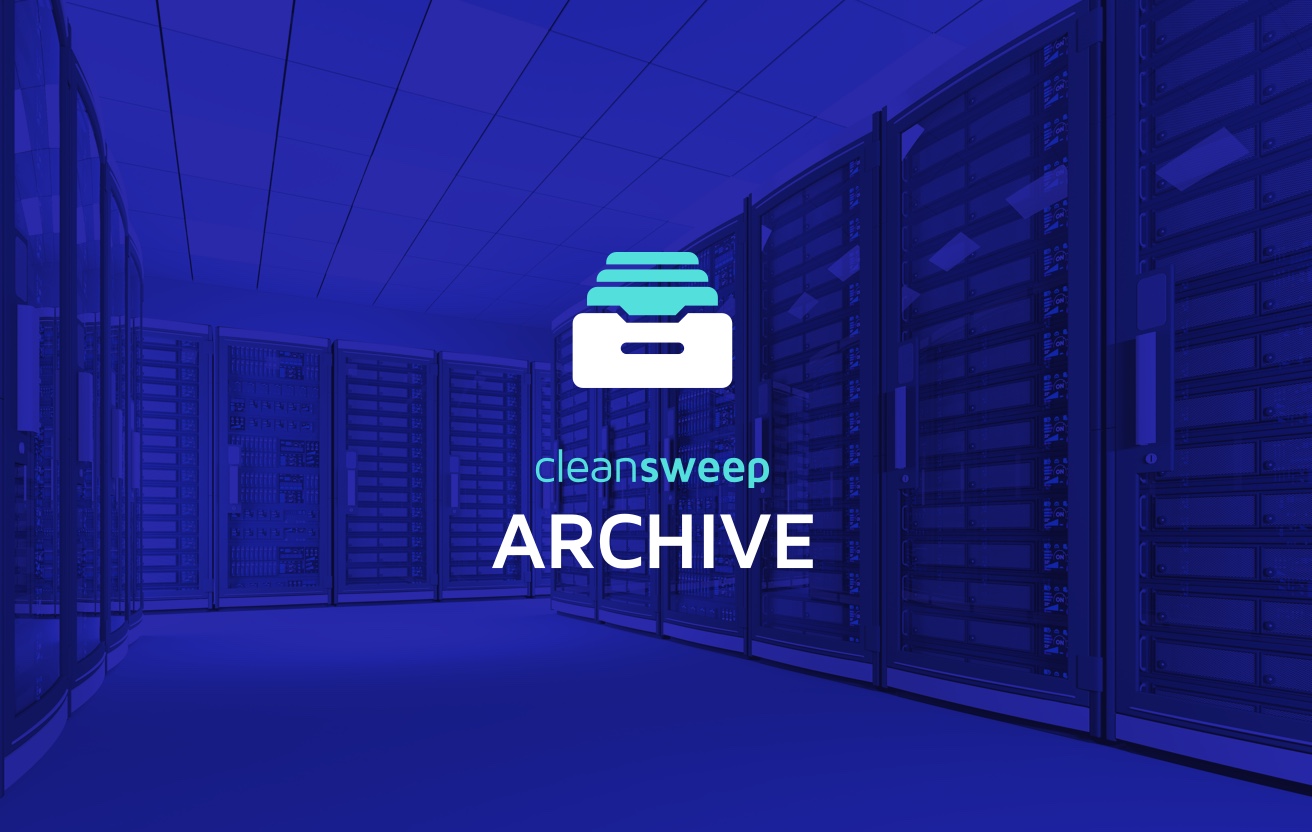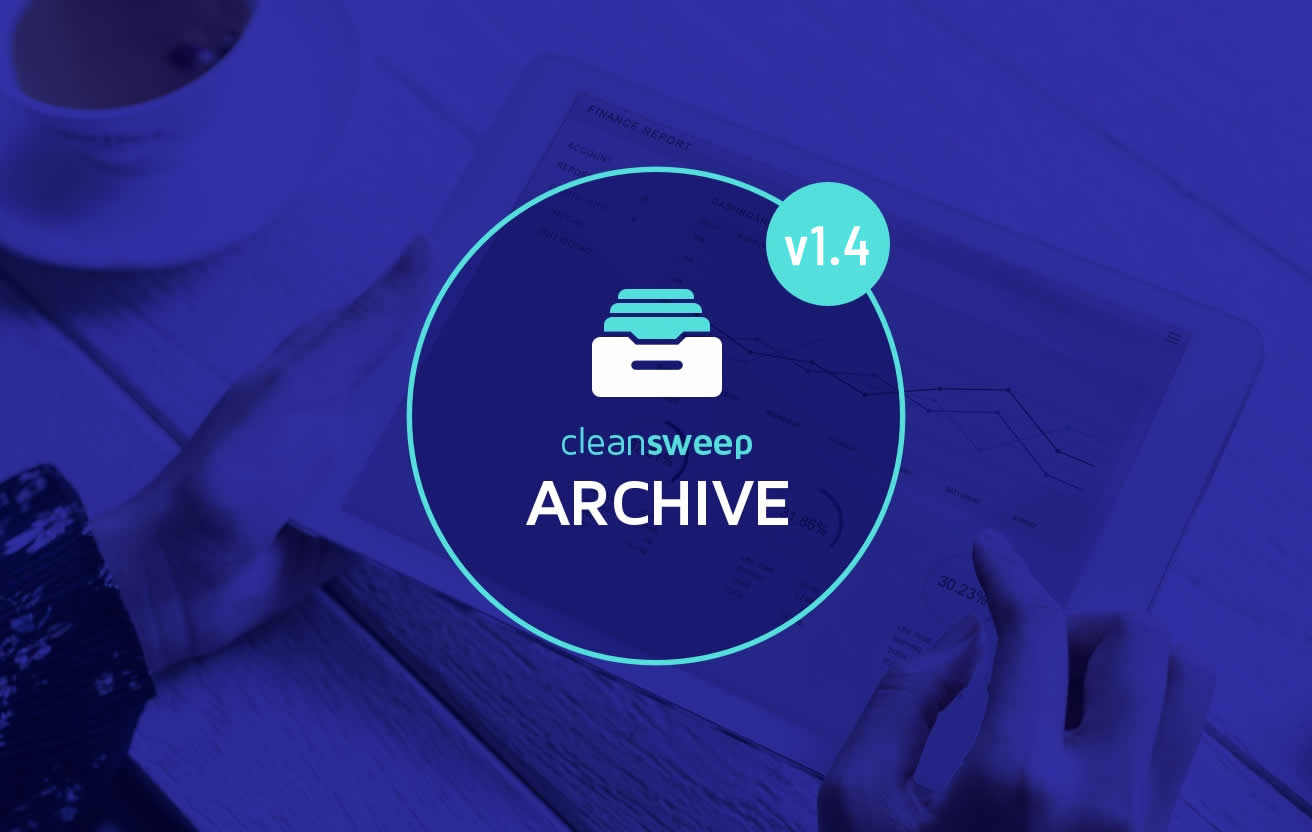Co-authored by Veronica Garicoits and Alexander Bordad
In the enterprise world, every business is unique, but for some specific industries, such as logistics/transportation, the exception becomes the rule. Our client's exceptional business demanded a far more flexible ERP than standard configurations could provide, and in this case, NetSuite's flexibility was key to transforming the implementation into a success.
The Challenge: A Complex Business Model
NetSuite ERP can easily adapt to meet the needs of most miz-sized industries. However, for this company, a North American transportation brokerage, their unique operational model called for a more tailored approach beyond the standard out-of-the-box flows.
During the implementation nearly every module had to be redesigned or extended and every change could have ripple effects.
The Process: Proven Methodology for Success
Our team worked closely with the client to ensure the platform could handle every exception their operations required, conducting in-depth workshops and mapping every critical workflow to identify edge cases and prioritize key automations. Armed with these insights, the requirements were translated into detailed architecture diagrams and proof-of-concept scripts, validating our approach before committing to full-scale development.
The project was a two-year implementation journey, involving a sizable multi disciplinary team with solution architects, functional consultants, and a large technical team. It required a significant investment of effort and close collaboration between technical and functional teams to bring the implementation to completion. Over 200 SuiteScripts, Suitelets, Workflows, Custom records were developed, tested and implemented, each crafted to solve specific use cases, along with approximately 50 custom workflows, records, and integrations.
Every corner of the system was touched. From automated commissions and chargeback handling, to designing specific billing engines and approval layers — solved with a mix of SuiteScript automations and thoughtfully designed records.
|
|
|
Biggest Challenges We Overcame
Business processes were deeply intertwined, making changes in one area impact many others. For example, a change in carrier billing could ripple into commissions and GL posting.
As the business process surfaced edge cases the solution had to be flexible enough to avoid disruption. Solution design and “configuration‑first” workshops absorbed each requirement while preserving overall coherence. Designing a cohesive system that accommodated all business scenarios was a major challenge.
Most processes needed to be either built from scratch or heavily customized. For example, the payout engine had to respect two distinct paid moments while also netting late‑breaking chargebacks into a fully customized commission register transaction record. The commission calculations were adjusted in real time by a set of rules‑driven SuiteScripts.
Testing was extraordinarily complex. Due to the system’s interconnected nature, changes in one area trigger unexpected effects elsewhere.
Coordinating a large, multi‑disciplinary team – Architects, consultants, developers, and QA specialists collaborated across several time zones. Daily stand‑ups, detailed change logs, and living architecture diagrams kept everyone aligned and reduced rework.
Managing a multi‑year budget – Formal change requests, weekly check-ins, and phased delivery milestones ensured we stayed within the approved budget and could trace every hour to deliverable value.
A Glance at Resolved Problems
- Segmenting the Business. Branch managers, sales agents, and finance teams each needed a distinct view of the data, but the default Subsidiary, Class, and Department structure fell short of capturing the full picture. By repurposing the native Class dimension for agent attribution, we established a consistent and reliable anchor for the commission engine.
- Prorated Accounting with a Multi-Manifest Load Model. A single truck haul can include multiple manifests, each representing its own slice of revenue and carrier cost. To support this complexity, we leveraged an extended load-manifest data model where a single load acts as a parent to multiple child manifests while retaining full roll-up visibility. Using a series of SuiteScripts, the system automatically triggers proration logic when the load enters an editable state, distributing freight costs and brokerage income across the associated manifests.
- Automating a Dual‑Trigger Commission Engine. Sometimes brokers get paid once the customer remits, and others when the carrier invoice clears internal approval. A custom commission transaction was designed to be generated for each case, holding every datapoint needed for payout. Scheduled automations group those transactions by agent each pay cycle, layer in bonuses, deductions, and inter‑agent transfers defined in templates, then present them to finance for multi-layer approval.
- A Layered Approval Process. Every transaction—carrier payables, claim disbursements, chargebacks, even the custom commission documents—passes through a multi-level approval process. Dashboards show each approver exactly what’s waiting, and every click is timestamped for auditors.
- Reconciling, Reporting, and Locking It Down. Nightly automations link every GL hit, including chargeback reversals, to its related commission document. A period‑end lock date freezes data the moment payroll is final. A summary PDF assembles the full narrative—income, deductions, margin bonuses, structured‑settlement balances, on demand.
The Results: An ERP That Thinks Like the Business
Despite the complexity and duration, the payoff was enormous.
Previously, load management relied on a legacy dispatch platform, commissions were tracked in spreadsheets, and accounting struggled to keep up with multiple disconnected payment channels — including checks, ACH, settlement cards, and wire transfers. Today, the company operates on a unified NetSuite instance that not only supports day-to-day operations but is also robust and flexible enough to adapt to evolving business needs. Key benefits include:
- Improved operational efficiency through deep process automation
- Real-time visibility into financial and logistical data across departments
- A system that’s scalable for future growth, yet flexible enough to adapt to ongoing changes
- Smooth Go-Live: A testament to the robust design and team agility
This wasn’t just another NetSuite implementation. It was a success story delivering beyond everyone's expectations.
Final Thoughts
The transportation brokerage business is all about “getting the job done”, which sometimes can get messy and complex. Implementing NetSuite in a non-traditional environment like this isn’t straightforward. It requires expertise, business empathy, and above all, patience. Through immense effort, close collaboration, and technical excellence, our team delivered a solution that met requirements and elevated the company’s operational capabilities.
At the end of the day, this success story demonstrates what’s possible when the right ERP system is selected, the consultant team embraces complexity, listens to the client, and the solution is built with purpose.
If you’re wrestling with similar complexity, reach out to Techfino - we are experts in solving complex challenges.
Get Started Now
The easiest way to get started is to contact Techfino today. If you’d like a little more information first, you can download our ContinuedSuccess Whitepaper. Either way, we hope you’ve found this guide helpful and hope that we can further assist you on your path to leveling up your NetSuite Support.

.jpg)

